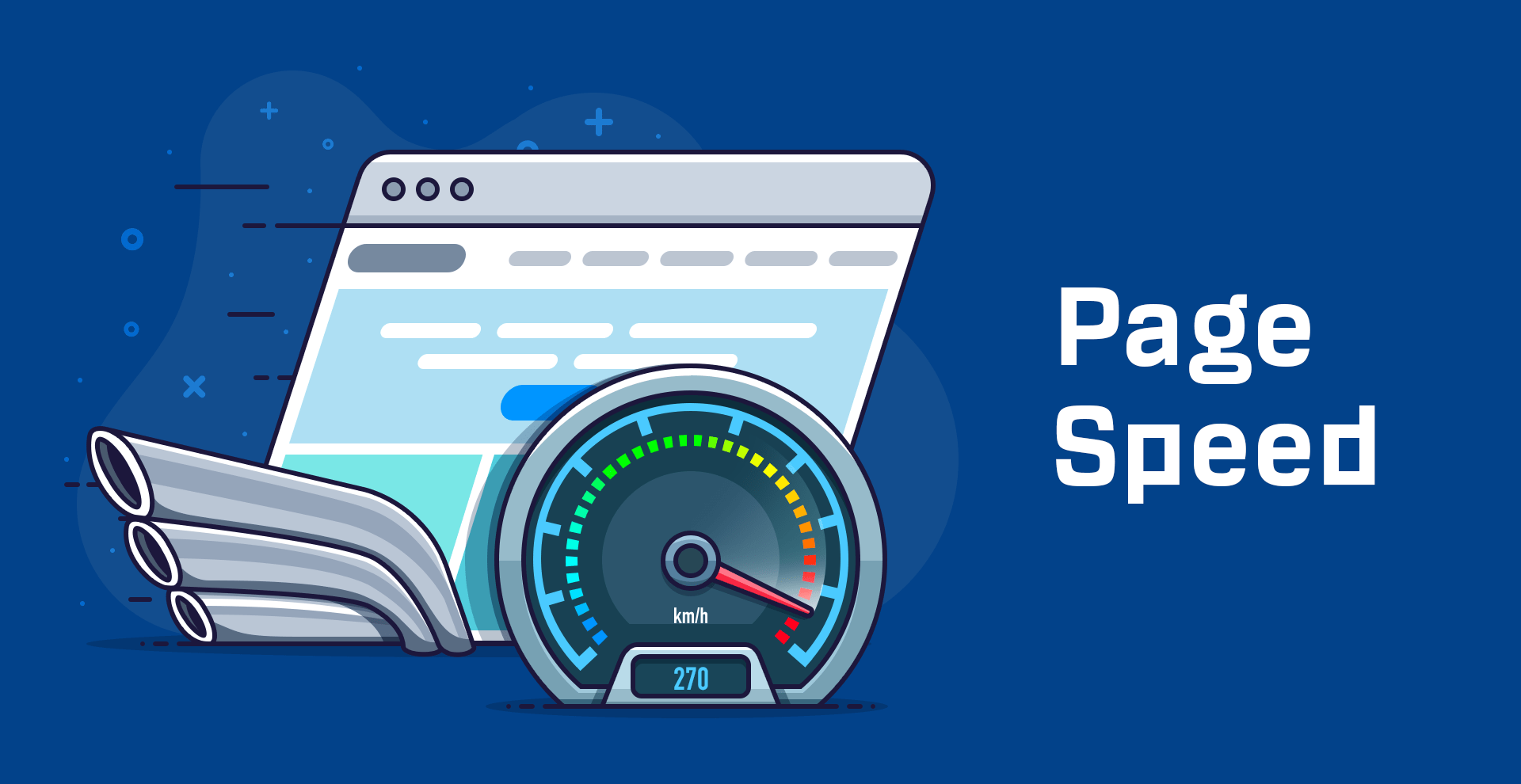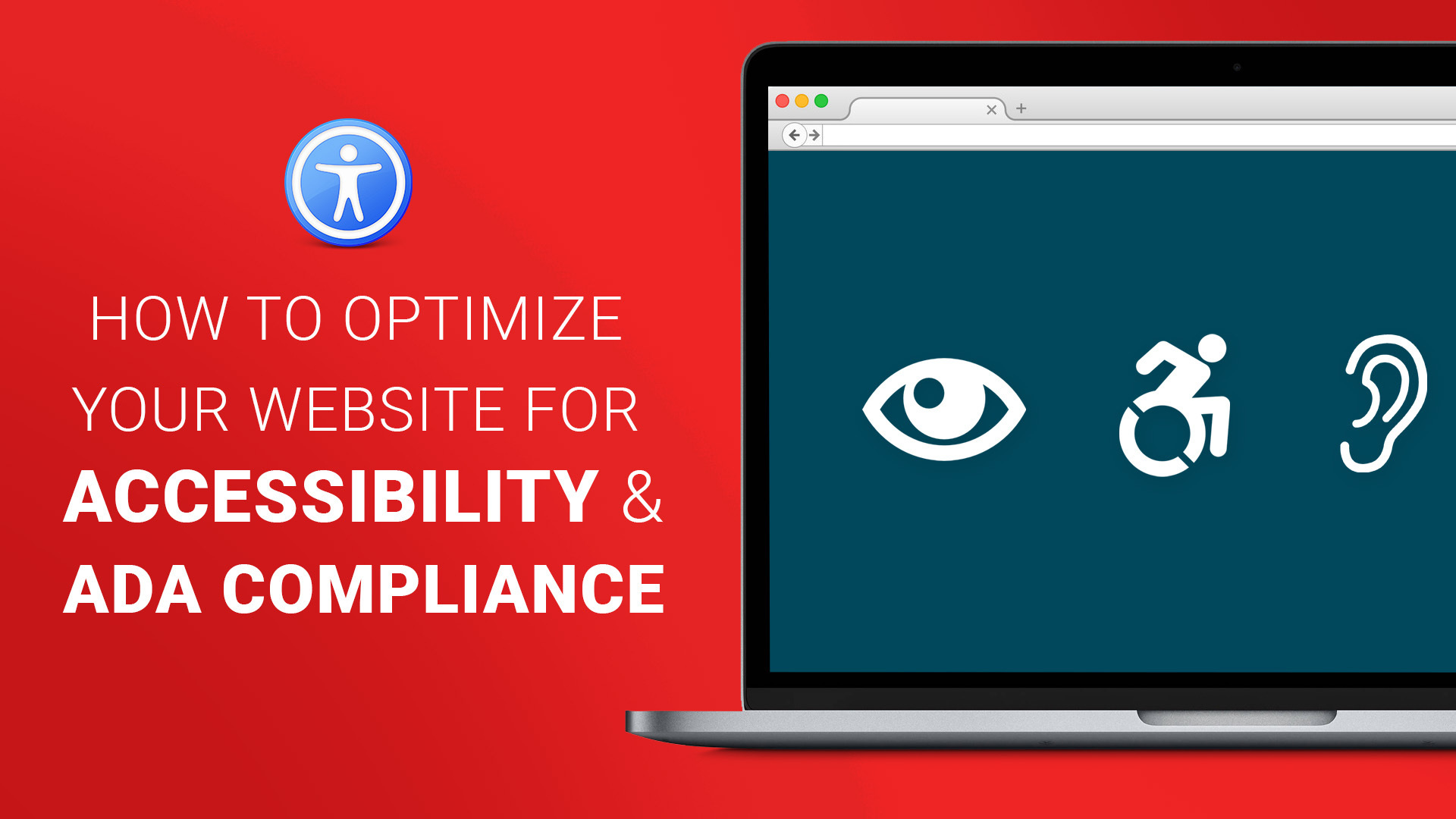Website Designing Presentation
| Introduction to Website Designing | ||
|---|---|---|
| Website designing is the process of creating the visual layout and user interface of a website. It involves both the aesthetic and functional aspects of a website. Effective website designing enhances user experience and promotes the goals of the website. | ||
| 1 | ||
| Importance of Responsive Design | ||
|---|---|---|
| Responsive design ensures that websites adapt to different screen sizes and devices. It improves user experience by providing a consistent and optimized viewing experience. Mobile-friendly websites with responsive design have higher search engine rankings. | ||
| 2 | ||
| User-Friendly Navigation | ||
|---|---|---|
| Clear and intuitive navigation is crucial for a website's success. Menu bars, dropdowns, and breadcrumbs help users easily navigate through the website. User-friendly navigation ensures that visitors can find the information they need quickly. | ||
| 3 | ||
| Effective Use of Colors and Typography | ||
|---|---|---|
| Colors and typography play a significant role in creating a visually appealing website. Color schemes should align with the brand and evoke the desired emotions. Typography should be readable, consistent, and enhance the overall design. | ||
| 4 | ||
| Consistent Branding | ||
|---|---|---|
| Consistent branding helps create a strong and memorable online presence. This includes using the same logo, fonts, colors, and visual elements throughout the website. Consistent branding builds trust and recognition among visitors. | ||
| 5 | ||
| Optimized Page Load Speed | ||
|---|---|---|
| Fast page load speed improves user experience and reduces bounce rates. Optimizing images, minimizing code, and leveraging caching techniques can enhance speed. Regular performance monitoring and optimization are essential for a successful website. | ||
| 6 | ||
| Accessibility and ADA Compliance | ||
|---|---|---|
| Websites should be accessible to all users, including those with disabilities. ADA compliance ensures that websites are accessible to individuals with visual, auditory, and cognitive impairments. Designing with accessibility in mind improves usability and inclusivity. | ||
| 7 | ||
| Integration of Social Media | ||
|---|---|---|
| Social media integration allows users to connect and share website content. Social media buttons and feeds can enhance engagement and brand exposure. It is important to choose relevant social media platforms and integrate them seamlessly. | ||
| 8 | ||
| SEO-Friendly Design | ||
|---|---|---|
| Website design should consider search engine optimization (SEO) principles. SEO-friendly design includes proper use of headings, meta tags, and structured data. Optimizing website architecture and navigation improves search engine visibility. | ||
| 9 | ||
| Ongoing Maintenance and Updates | ||
|---|---|---|
| Websites require regular maintenance and updates to ensure functionality and security. Monitoring website analytics helps identify areas for improvement and optimization. Keeping up with technological advancements and industry trends is crucial for website success. Note: This is a sample presentation with the given criteria. You can expand or modify the content as per your requirements. |  | |
| 10 | ||








